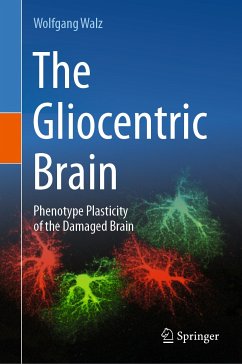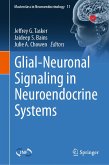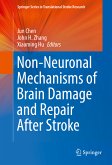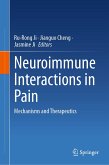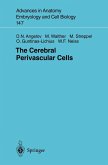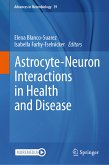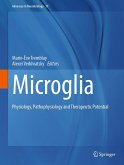The brain is the body's most vulnerable organ due to the defined roles of neurons within circuits. Neurons are vastly outnumbered by microglia, astrocytes, oligodendrocytes, macrophages, cells of the blood brain barrier and invading immune cells. These cells display different grades of reactivities and interactions. They integrate their responses and not only change phenotypes but can also completely reprogram after damage to protect the neuronal complexity. The interactions of these satellite cells in the healthy brain are described as well as their roles in all major brain diseases. Special emphasis is put on immune system - brain interactions and regenerative and repair processes. The gliotic response is compared with the reactions to injuries of the skin and other organs. A final chapter addresses the definition of a cell type. It concludes that cell types can no longer be regarded as defined entities over the body's lifetime but are prone to phenotype plasticity andeven complete reprograming.
Dieser Download kann aus rechtlichen Gründen nur mit Rechnungsadresse in A, B, BG, CY, CZ, D, DK, EW, E, FIN, F, GR, HR, H, IRL, I, LT, L, LR, M, NL, PL, P, R, S, SLO, SK ausgeliefert werden.
Es gelten unsere Allgemeinen Geschäftsbedingungen: www.buecher.de/agb
Impressum
www.buecher.de ist ein Internetauftritt der buecher.de internetstores GmbH
Geschäftsführung: Monica Sawhney | Roland Kölbl | Günter Hilger
Sitz der Gesellschaft: Batheyer Straße 115 - 117, 58099 Hagen
Postanschrift: Bürgermeister-Wegele-Str. 12, 86167 Augsburg
Amtsgericht Hagen HRB 13257
Steuernummer: 321/5800/1497
USt-IdNr: DE450055826
Bitte wählen Sie Ihr Anliegen aus.
Rechnungen
Retourenschein anfordern
Bestellstatus
Storno

